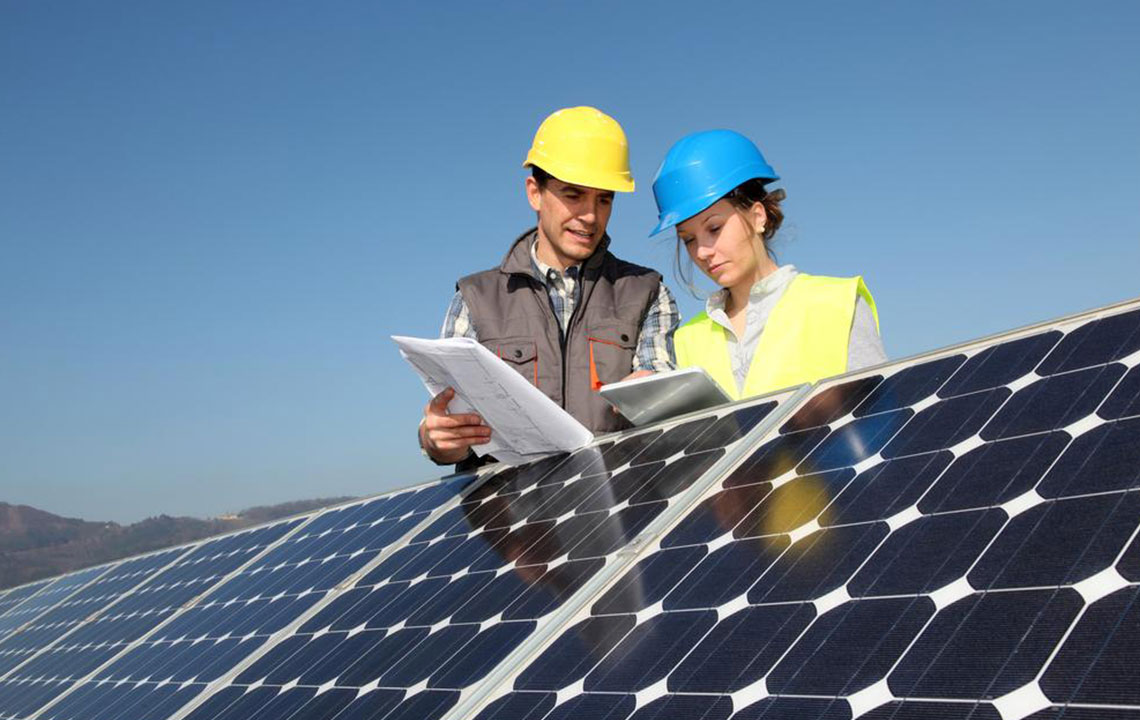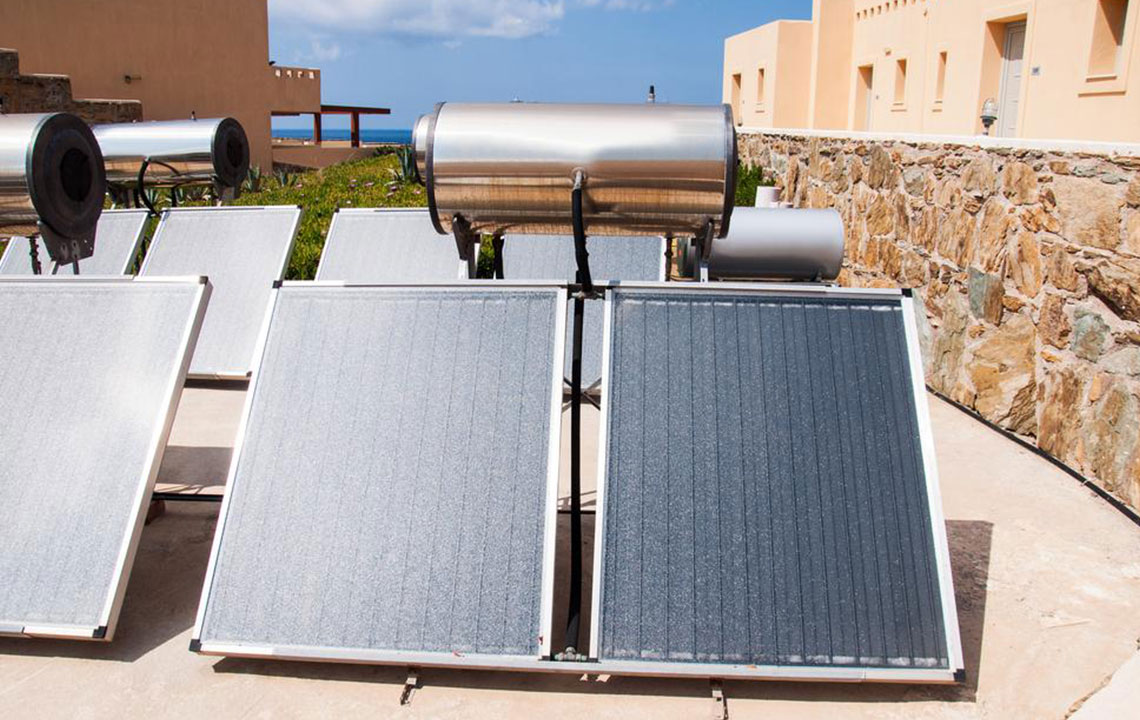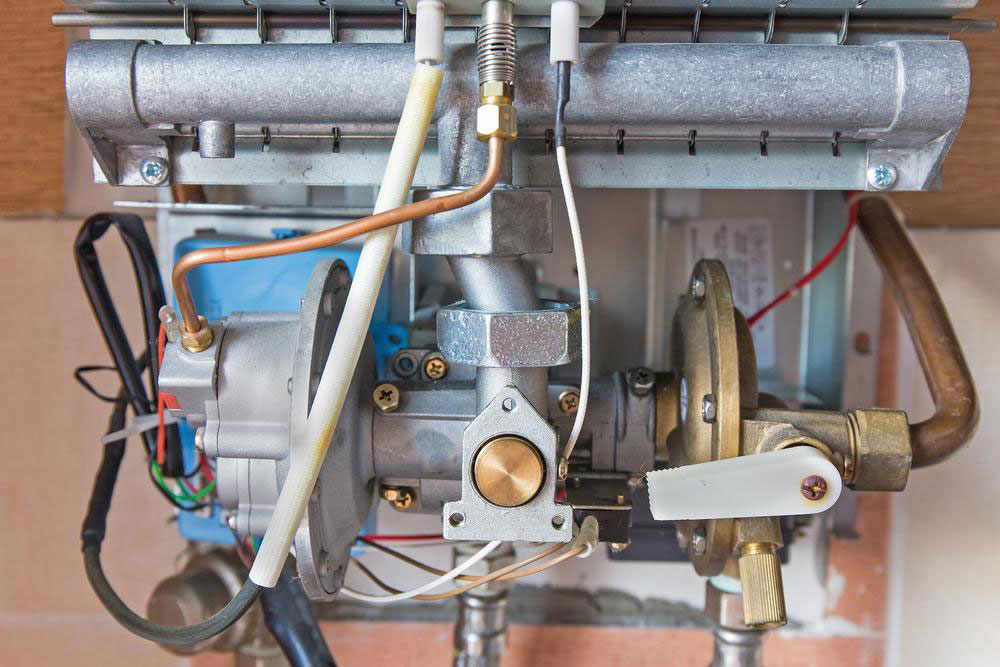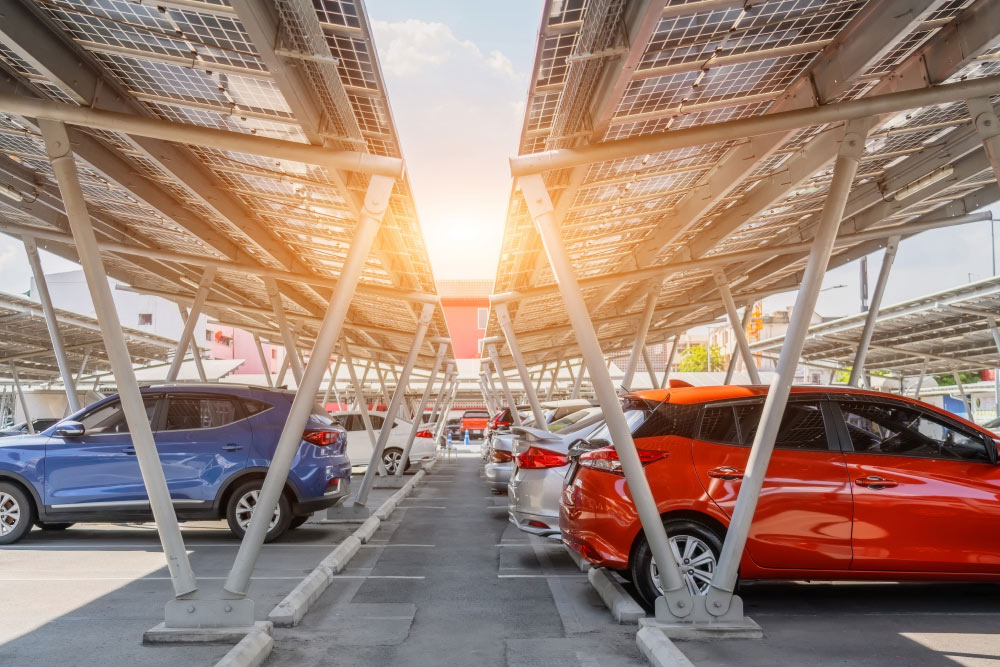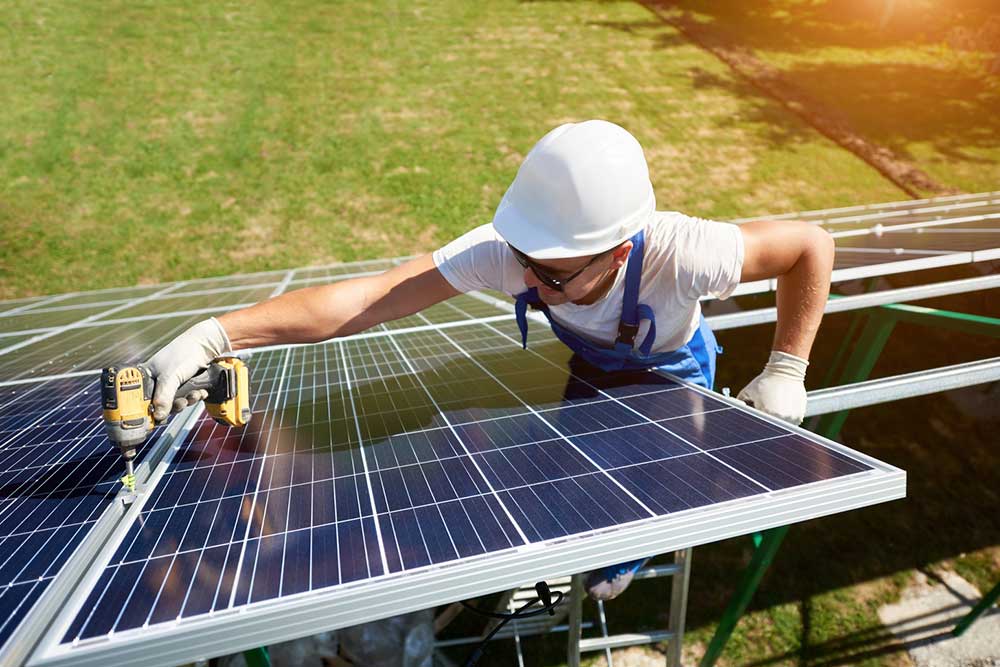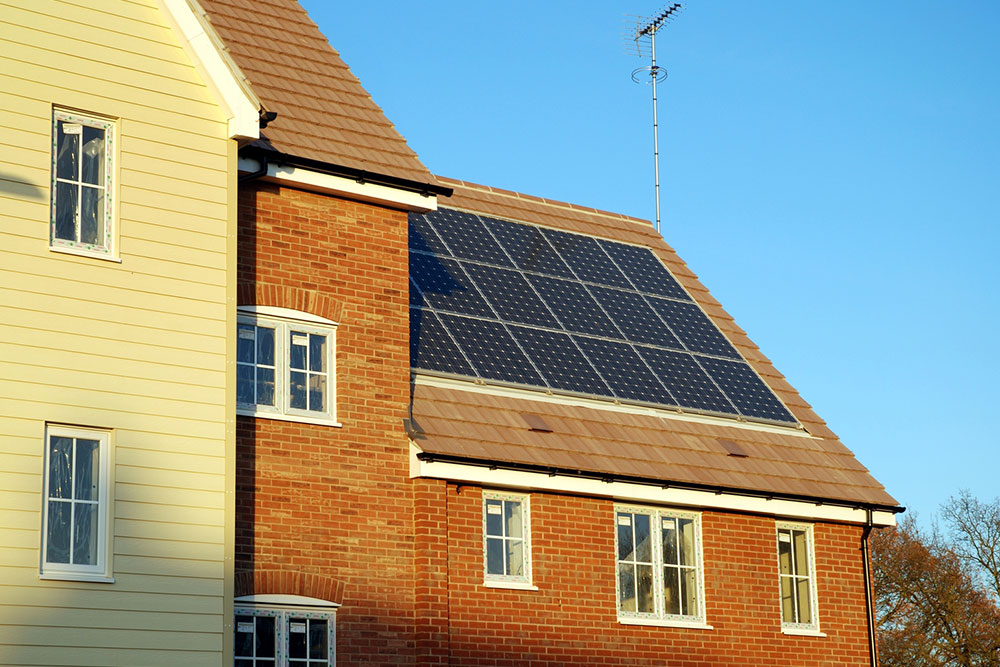Essential Tips for Choosing and Installing a Solar Power System
Discover essential tips for selecting and installing a solar power system. From panel types to roof suitability and cost considerations, this guide helps you make an informed decision. Learn how to evaluate your home's environment, choose the right system, and ensure long-term durability for sustainable energy savings.
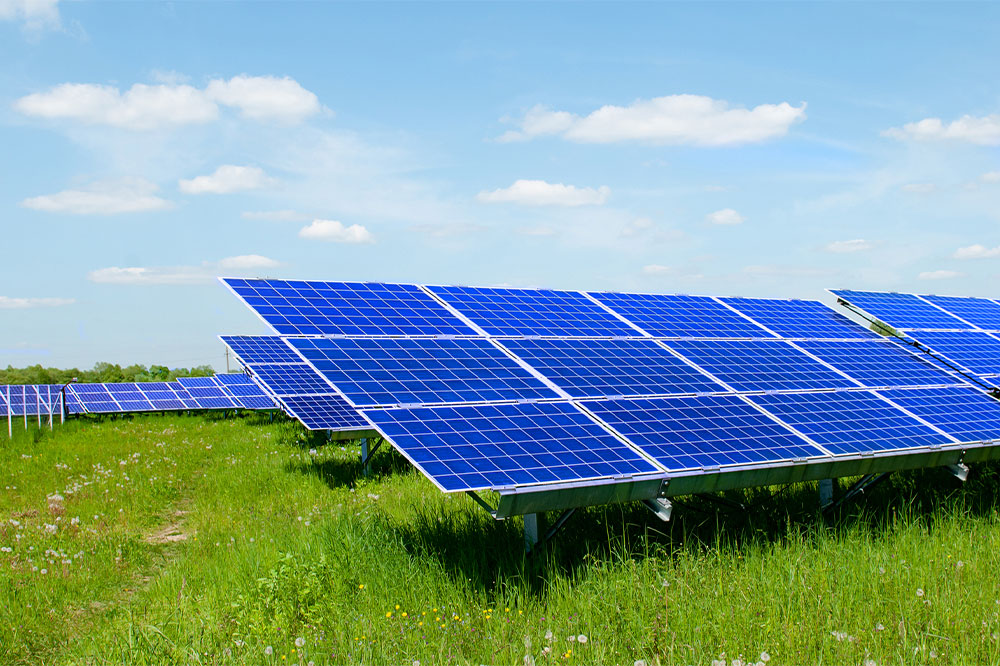
Essential Tips for Choosing and Installing a Solar Power System
Investing in a solar energy system is a significant decision that demands careful consideration. It’s a long-term commitment, often lasting 15-20 years, whether for a home or business. Selecting a high-quality, reliable system from trusted providers is key. Understanding the crucial factors influencing your purchase and installation process ensures you make an informed choice that maximizes benefits and durability.
Key Factors to Evaluate When Buying a Solar Power System
Type of Solar Panels
Photovoltaic panels convert sunlight directly into electricity for power needs.
Thermal panels use sunlight for heating water or air for domestic use.
Based on your intended use, pick the suitable panel type for your residence or business.
Proper Size Selection
Ensure the solar panel size matches your energy requirements, regardless of roof dimensions, by consulting experienced installers for guidance.
Durability and Warranty
Choose systems built to last, with solid warranties to safeguard your investment against repairs and replacement costs.
Maintenance Services
Inquire about maintenance offerings from providers. Many include annual check-ups; if not, plan for regular upkeep to keep your system optimized.
Cost Considerations
Discuss all expenses involving panels, installation, and ongoing maintenance to budget effectively and avoid surprises.
Preparation Before Installation
Inspect Your Roof’s Strength
Ensure your roof can support solar panels, as installations can last decades and removing panels later can be costly.
Assess Duration of Residency
If you plan to move soon or rent your property, investing in solar might not be practical since system costs are long-term.
Check Suitability of Your Home
Verify that your home’s environment supports solar installation. Factors to consider include:
Tree coverage: Large trees may block sunlight, reducing efficiency.
Nearby buildings: Tall structures can cast shadows on your panels.
Roof orientation: South-facing roofs are ideal; if north-facing, adjust panel placement accordingly.
Sunlight exposure: Panel placement should align with your peak usage times—east-facing for mornings, west-facing for evenings.
Harnessing solar power not only decreases your carbon footprint but also lowers electricity bills. Since energy production depends on sunlight, system size, and equipment quality, consulting a reputable solar provider helps you maximize efficiency. Comparing options ensures you select the best fit for your needs, making this a smart, sustainable investment.
Note:
The information shared on our platform covers various topics, providing valuable insights. While our research aims to be accurate, users should verify details before making decisions. We are not responsible for discrepancies or omissions. Additionally, some programs or discounts may not be included in our coverage, and readers should explore multiple sources for the best options.

